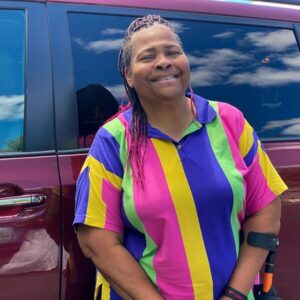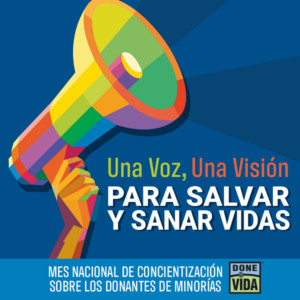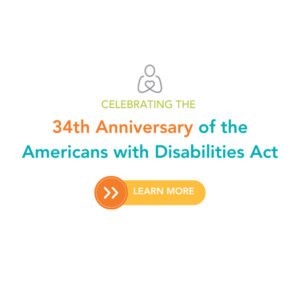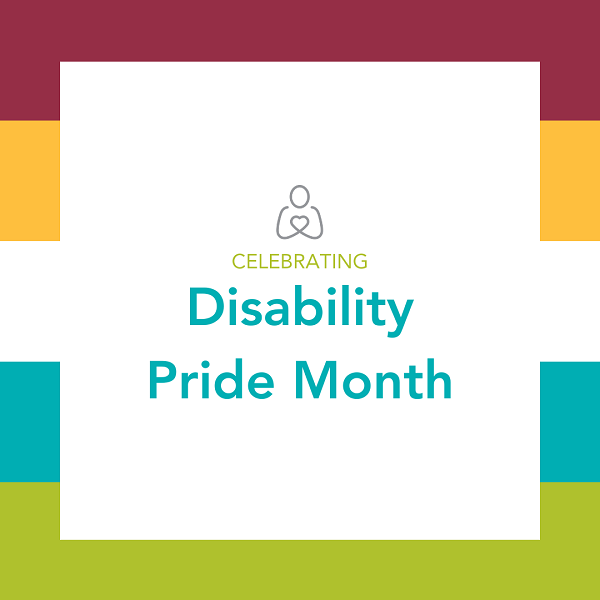
When is Disability Pride Month?
July is Disability Pride Month!
July is marked by events, parades, and activities to celebrate the achievements of the disability community, promote awareness, and advocate for continued progress toward equality and accessibility.
The month-long celebration emphasizes the importance of recognizing disability as a natural and valuable aspect of human diversity.
This month coincides with the anniversary of the Americans with Disabilities Act (ADA), which was signed into law on July 26, 1990. This milestone legislation played a crucial role in advancing the rights and visibility of disabled individuals.
Since then, the movement has grown significantly, with parades and events expanding across the globe, fostering increased visibility and recognition of the disability community.
Today, Disability Pride Month continues to evolve, celebrating the achievements and advocating for the rights of disabled people worldwide.
What is the goal of Disability Pride Month?

As with other pride celebrations, the goal of this awareness month is multifaceted.
Here’s how our friends at Disability Pride PA explain its purpose:
”Imagine a world where every disabled person feels pride through self-awareness, their identity, and the community at large.”
Disability Pride Month is about celebrating the perspectives, accomplishments, and identities of all individuals living with disabilities while recognizing and fighting back against the obstacles that society puts in their path.
Disability Pride Colors and the Disability Pride Flag
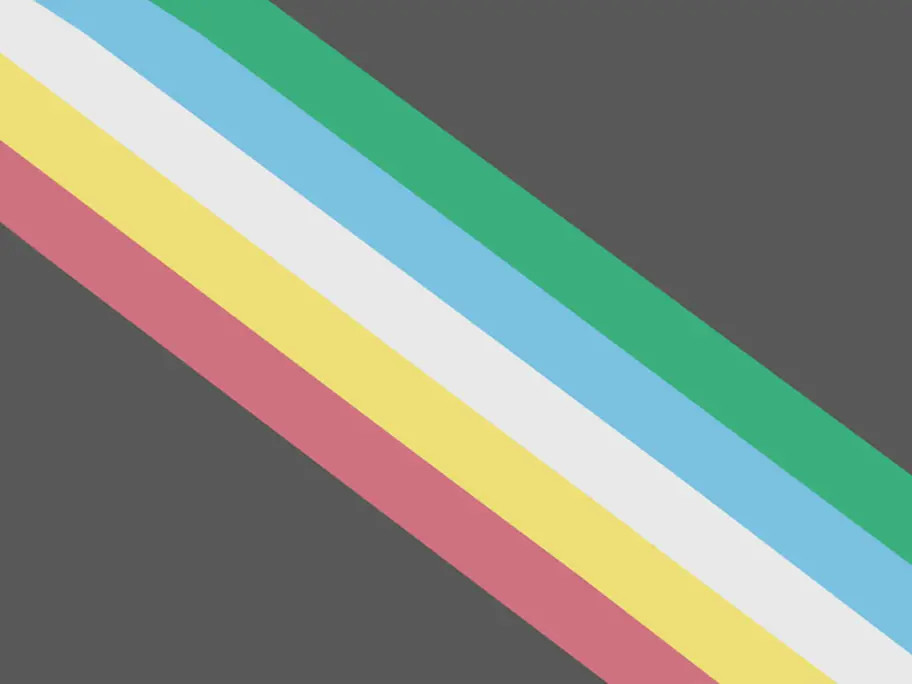
The colors associated with Disability Pride Month are represented by the Disability Pride Flag. The flag features several colors and designs symbolizing different aspects of the disability community.
Cutting across a diagonal to represent breaking through and cutting down barriers, each of the colored stripes on the Disability Pride flag has a unique meaning:
Red represents physical disabilities.
Yellow represents cognitive, intellectual, and developmental disabilities.
White represents invisible disabilities and undiagnosed disabilities.
Blue represents disabilities arising in association with a mental health diagnosis.
Green represents sensory disabilities.
The charcoal gray color behind these colored stripes represents both sadness and anger surrounding the victims and survivors of ableism as it manifests as violence or abuse.
Designed by Ann Magill, the Disability Pride flag’s overall design aims to celebrate and unite the diverse experiences of disabled individuals while acknowledging the challenges they face.
How to Celebrate Disability Pride Month

How you can participate in Disability Pride Month:
- Share Disability Pride content and boost writers and content creators with disabilities. Whenever possible, share firsthand perspectives instead of branded content.
- Recognize – and alleviate – obstacles. You can read about the high out-of-pocket cost of life with a disability or the challenges of accessible travel, offer descriptive alt text on images and closed captioning on videos, improve website accessibility, and take countless other actions to be an ally.
- Immerse yourself in content that offers an authentic perspective on life with a disability. Whether it’s our nonprofit’s Latest blog posts on the disability experience and mobility challenges, or stories and documentaries like Crip Camp and Patrice: The Movie, embrace media that highlights the disability community narrative from the inside.
- Ally against ableism. Individuals living with disabilities don’t exist to serve as inspirations or sympathy stories for non-disabled people, and the disability community’s capabilities stretch far beyond what the eye can see. Challenge disability biases when you see them emerge – and reflect on your own preconceptions, too.
At Help Hope Live, we celebrate Disability Pride Month because we believe in the right of every individual we work with to experience satisfaction, success, inclusion, and safety.
Disability Pride Month celebrates the achievements of disabled individuals, promotes their rights, and calls for collective efforts to foster an inclusive society where everyone can thrive and take pride in their identity.
Join us in celebrating Disability Pride Month this July – and every day of the year.
Why Disability Pride Matters: Dani's Story
Our client Ambassador Dani Izzie sustained an incomplete quadriplegic spinal cord injury in February 2009.
In July 2024, Dani shared powerful reflections on LinkedIn on how the concept of Disability Pride has changed for her in the years following her injury:
“When I first acquired a disability, and before ever comprehending the transformative power of Disability Pride, I was devastated.
I felt vulnerable in a world of roadblocks. I felt stalked by gazes of pity and reductive inspiration.
I could hardly see myself in the fog of overwhelming social stigma as I simultaneously coped with my new body and limitations.
I didn’t want to be “disabled”.
But…
Slowly, I began to lift my chin. And hold my head up high.
I immersed myself in disability communities.
I witnessed our common denominators, our fierceness and resilience, our adaptability, even our shared pain and exclusion, but most of all our humanity.
As I respected all of us, I also gained self-respect.
For me, it was when I identified with this collective spirit that I could finally view “disability” through the lens of Pride.
Today I say, “I am a disabled woman” not because that defines my identity, but because I no longer feel the need to placate anyone.
I have inherited a sense of belonging and strength from this disability collective.
After all, there is a heritage that has passed down from disability rights movements:
- Eight-year-old Jennifer Keegan-Chalfins pulling herself up the Capital steps to protest discrimination and inaccessibility in 1990.
- Frida Kahlo’s unapologetic art and attitude. “Fall in love with yourself, with life and then with whoever you want.”
- Stevie Wonder’s assertion that “Just because a man lacks the use of his eyes doesn’t mean he lacks vision.”
- Dr. Harvey J. Corson, who, in response to the student protest, Deaf President Now, at Gallaudet, said, “I think it’s time for a new perspective, one that only a deaf person can offer.”
- or the matriarch of the disability community, Judith Heumann, who said: “I wanna see feisty disabled people change the world.”
Through our powerful voices and shared lived experiences, disability has become so much more than a medical condition.
Disability is lifestyle.
Disability is culture.
Disability is political.
Disability is universal.
Disability is human.
Disability Pride is the radical acceptance of all these things and more.
Here is a wonderful black and white portrait of me seated on the floor next to my wheelchair and service dog taken by Dove Shore in 2015. I love the combination of textures and the composition of the photo that when I look at it, makes me feel proud, empowered, and at ease in my own skin as a disabled woman.”
 Written by Emily Progin
Written by Emily Progin
